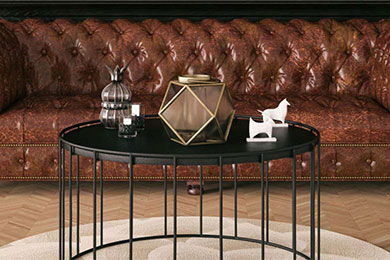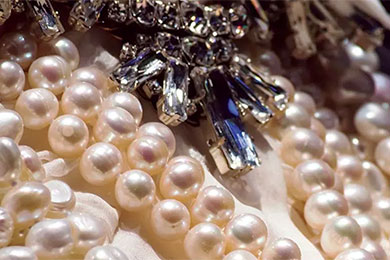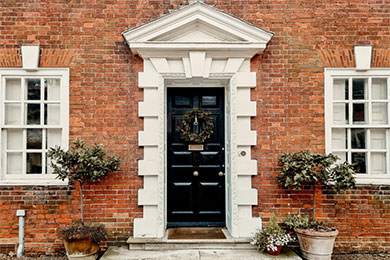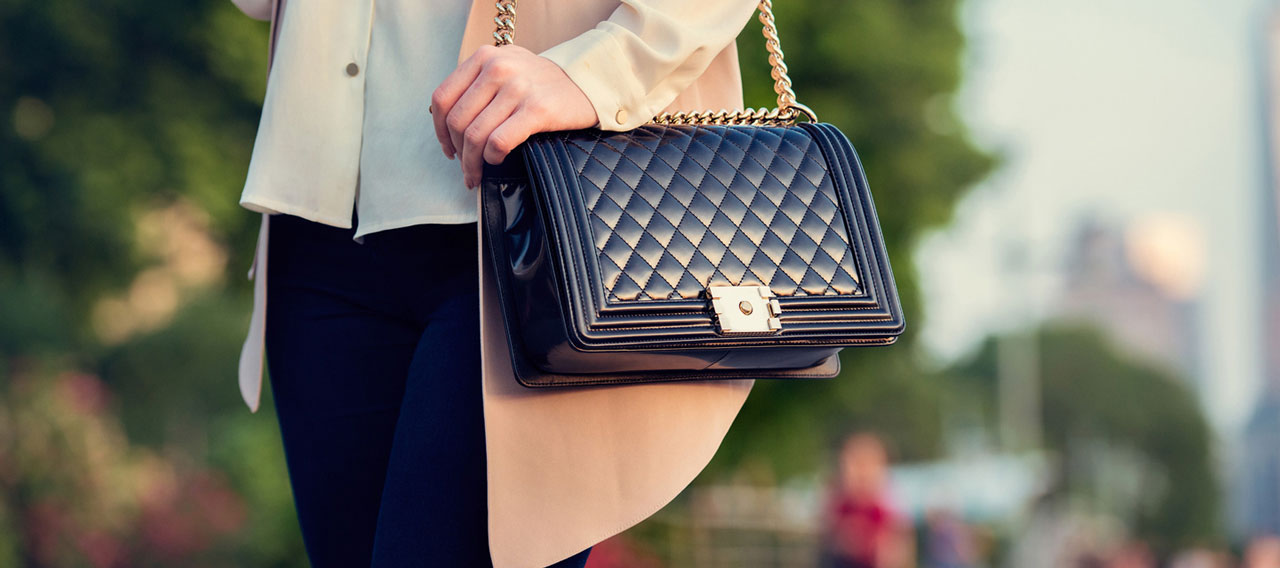- Businesses
- Individuals & Families
- Partnerships
- Brokers

Enabling businesses across a wide range of industries to operate and grow with confidence.

All Chubb policyholders are eligible for cyber services. Get the most value from your Chubb policy and schedule a consultation today.




Build your business by providing the protection your customers need – it’s insurance for the new possible.


6 things to know if your vintage toys are valuable

When you were young, you collected Hot Wheels and action figures. You bought all the accessories you could find and kept them in excellent condition. But are your vintage toys worth money now or is their only value sentimental? Let’s look at how you can tell an old toy from a collectible worth insuring.
1. Rarity adds value.
Vintage toys that were made in small quantities often bring a higher value than those that were mass produced. That means, if you own one of the 2,000 “Peanuts” royal blue beanie baby elephants that were manufactured with a darker blue coat than originally intended, you might have something valuable on your hands. In fact, due to a manufacturer error, this is the most collectible beanie baby around – and worth about £3,000.
2. The older the better, sometimes.
Just because you own an old toy, doesn’t necessarily make it valuable. However, older models of toys and games are often made with materials or technology that are not used today. To date an antique toy, check the patent, maker’s mark, or country of origin mark on the toy. Or, look for an embossed, stenciled, or printed patent number on the toy or box. You can easily look up patent applications online, which will reveal the date it was filed.
3. Condition matters.
In the world of antiques, mint condition means that the original toy is still in its original box with the instructions and has never been opened. Mint condition toys are typically worth much more than those that have been opened, played with, and show wear and tear.
4. Material can make a big difference.
Think metal, diecast Hot Wheels, made back in the 1970s, instead of the plastic versions made today. Or, the original hand-drawn, oil cloth version of Monopoly made in 1933 (which sold at Sotheby’s in 2011 for £110,000).
5. If it needs to be restored, have an expert do it.
While normal wear and tear is generally acceptable to most toy collectors, if something needs fixing (a spring mechanism or mechanical part), you are smart to have a professional do the work. That’s because, if you ever want to sell the toy, the restorations must be done well to maintain its value.
6. Value may be in the eyes of the beholder.
Vintage toy collecting is one of the fastest growing fields in collecting. However, not every toy you cherish may be of value to others. Your best bet is to collect what you enjoy – and if it becomes an investment-worthy purchase, great. If not, you’ll still be able to enjoy your collection yourself!

Orso the Duck
Not all family heirlooms are an extra cuddled been with you since before you could talk fluffy duck.
Whatever treasures you have, we know just how precious they are. Which is why, when a client’s attic went up in flames, we perfectly repaired all of the damage and replace the items lost. We even ensured their daughter’s beloved cuddly toy was carefully re-stuffed and re-sewn, so that ‘Orso the duck’ could be brought back to life. Fluffier than ever.
If you have a large collection of antique toys or a few valuable pieces, consider getting them valued and purchasing a valuable articles insurance policy, to help protect them against damage, loss or theft. Look for a worldwide policy so your collection is protected at your home, in transit, and in storage.
Insights and expertise





All content in this material is for general information purposes only. It does not constitute personal advice or a recommendation to any individual or business of any product or service. Please refer to the policy documentation issued for full terms and conditions of coverage.
Chubb European Group SE trading as Chubb, Chubb Bermuda International and Combined Insurance, is authorised by the Autorité de contrôle prudentiel et de résolution (ACPR) in France and is regulated by the Central Bank of Ireland for conduct of business rules.
Registered in Ireland No. 904967 at 5 George's Dock, Dublin 1.
Chubb European Group SE is an undertaking governed by the provisions of the French insurance code with registration number 450 327 374 RCS Nanterre and the following registered office: La Tour Carpe Diem, 31 Place des Corolles, Esplanade Nord, 92400 Courbevoie, France. Chubb European Group SE has fully paid share capital of €896,176,662.
